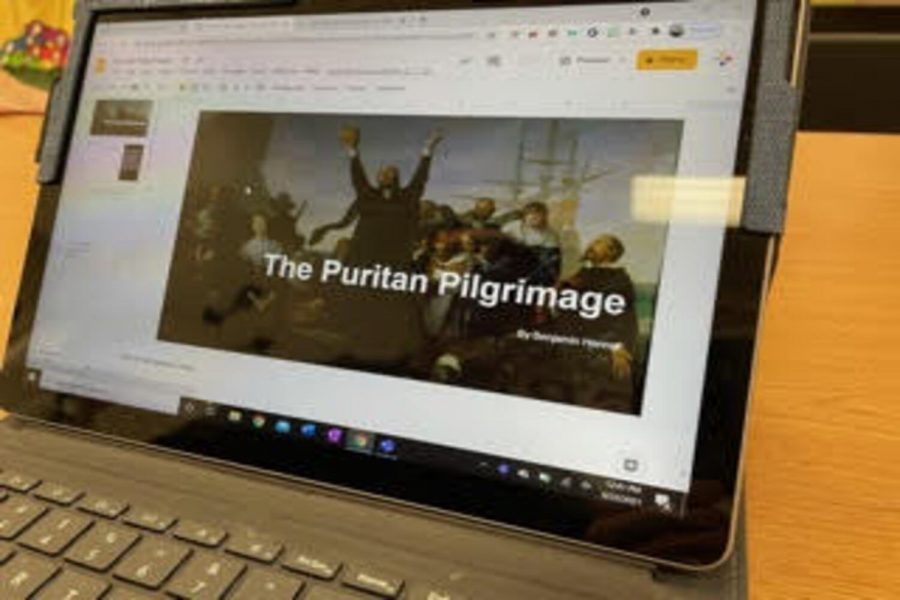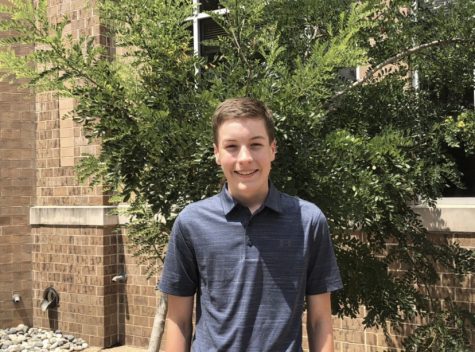AP U.S. History students explore geography and migration
AP US History students get creative with an end-of-the quarter project. The project aims to educate students on world affairs, specifically on America’s relationship with a country of their choice.
September 24, 2021
Preparing students for future careers as well as researching American history, AP U.S. History students are embarking on a month-long project that allows them to present information about different groups in new and creative ways.
“The goal is for students to demonstrate a complex understanding in the analysis of how geography and migration cause people to adapt, transform environments, and develop social and political institutions,” history teacher Allen Harris said. “The purpose behind letting the students choose their final project is to encourage them to make something more applicable and relevant to them and to present-day society.”
Students have the choice of researching the migration of Europeans, Asians, or Native Americans in North America and how each group affected their surrounding area.
“My project is about how the Southern British colonists influenced the Cherokees’ food source and diets,” junior Natalie Wang said. “I chose this topic because I have a passion for food and wanted to apply that by researching what foods the Native Americans started with and what they adapted to or added to their diet.”
For junior Benjamin Hennel, the project is a way to research interesting groups and present his findings to his classmates.
“My project is about the Puritans and I will represent the Puritans through a picture book that I’m gonna make,” Hennel said. “I chose the Europeans because they are so interesting, and I really liked how the Europeans documented everything.”
A children’s picture book is a good way for Wang to show what she has learned during her research.
“I feel like it would be easiest for me to explain what I’ve learned,” she said. “I think something positive about this project is that we get to learn more about a specific subgroup and in depth what conditions may have changed for them due to migration. I think this project should continue because it helps students be creative and is a great way to learn more about geography and migration.”
The project also has real-world application due to it being similar to projects that students might complete in future careers.
“Students get valuable and useful experiences in conducting quality research and applying that research to a presentation that mimics a project they might get in the real world,” Harris said. “Students have the opportunity to dive deeper into the history of a specific group of people within American History.”







